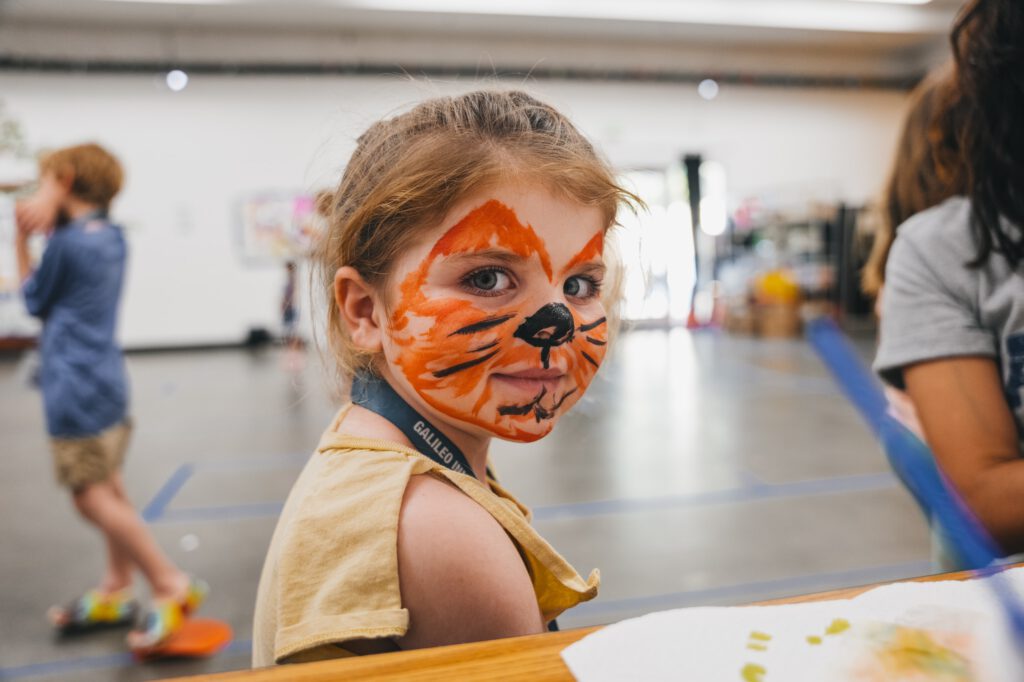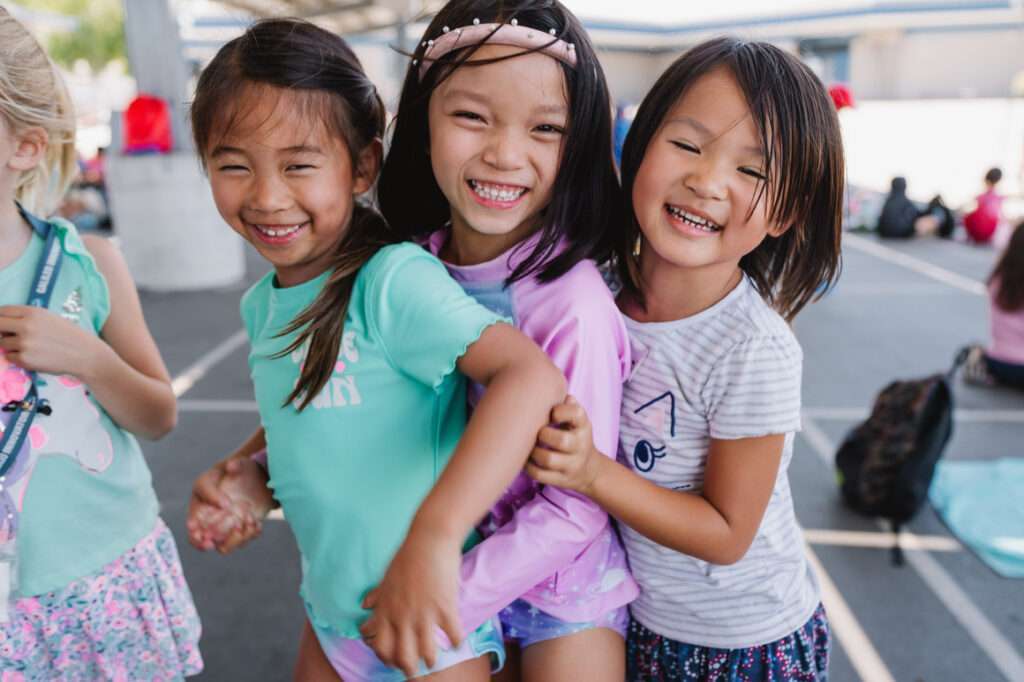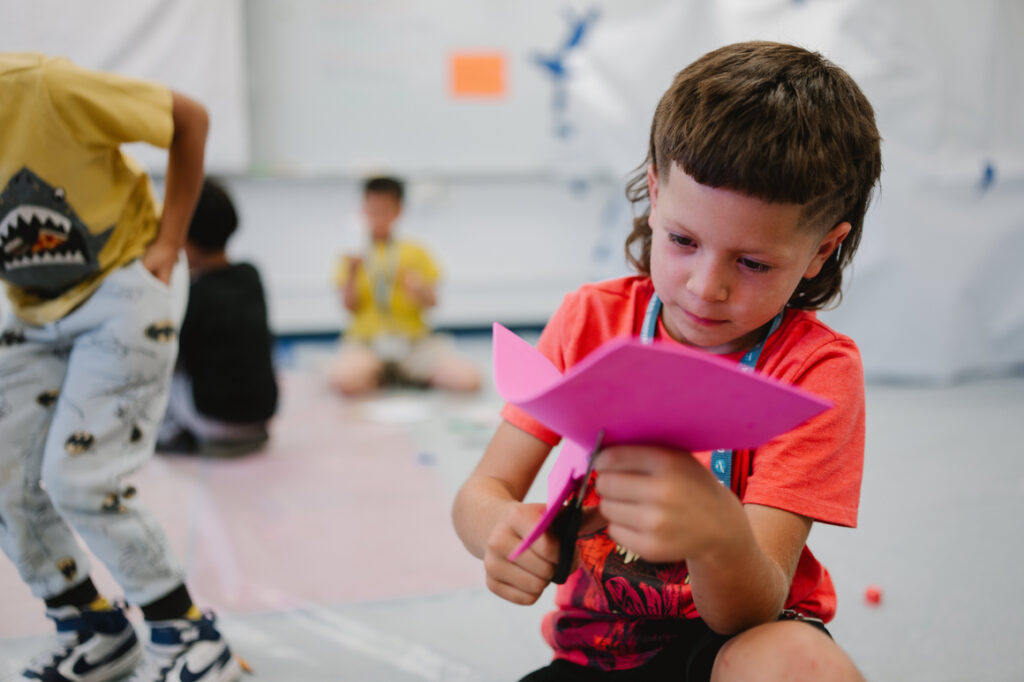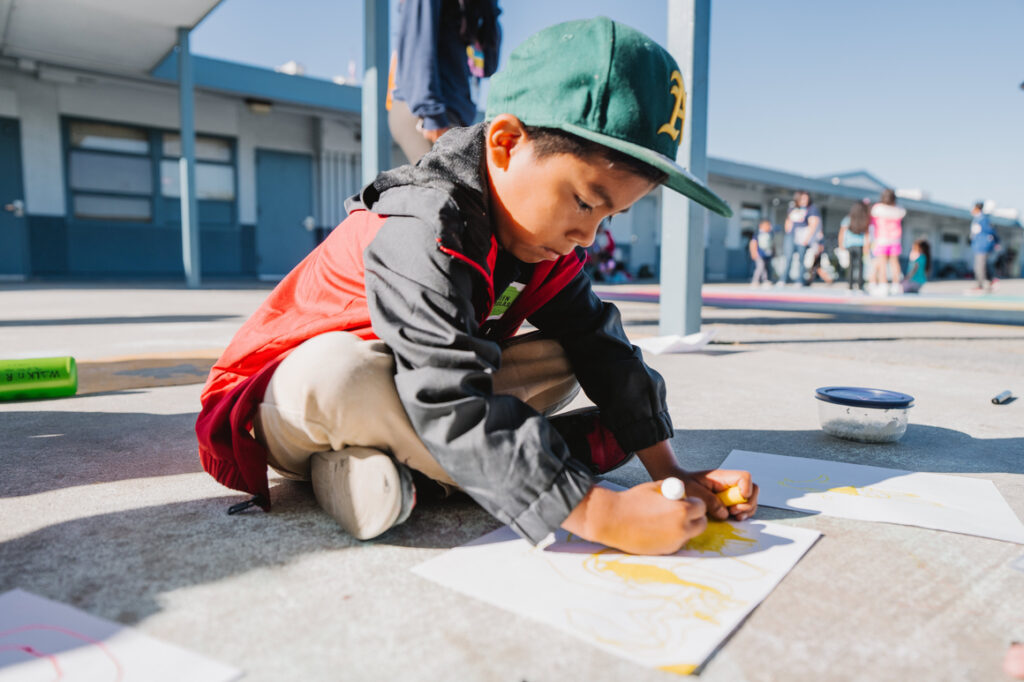Some kids start thinking about Halloween costumes early; others wait until the last minute. Some may have wildly creative ideas for elaborate Halloween costumes; others might just use a baseball cap and a pillowcase to hold their candy. With a little support from a parent or teacher and a bit of a head start, kids can engineer their own DIY Halloween costume ideas and be ready to rock when the holiday rolls around. By encouraging them to take the seasonal inspiration and add in a bit of creative flair, kids can create easy, clever looks that stand out trick-or-treating or at any Halloween party.
Helping Kids Brainstorm Ideas
Kids can find costume inspiration practically anywhere. It could be something seasonal related to Halloween spookiness, or it could be dressing up as a favorite character. Here are a few prompts to help them generate costume ideas:
- Seasonal creatures — Halloween is the time of year when we embrace the creepy, scary and silly. Cats, bats, witches with pointy hats and ghosts in white sheets are all popular choices, along with monsters of all kinds. From legendary ghouls who have endured the ages to new horror characters or villains, there are lots of ways for kids to be a little wicked on Halloween night.
- Favorite things — Kids can find fun Halloween costume ideas by thinking about their favorite animals, games or foods. Cartoon, movie and book characters are also excellent choices. Dressing as a hero or well-loved story protagonist can be an empowering experience, and with the right clothes and makeup, kids can dress up as someone who inspires them.
- Career or occupation — Trying on the identity of a person in a specific career can be fun and a learning experience. Kids can research an occupation they’re interested in , then collect or make clothing and tools used in that type of work. A scuba diving oceanographer costume, for example, can be easily built with a black jumpsuit and a couple 2-liter bottles.
- Outside-the-box mash-ups — Unbridled creativity can result in some unique costume ideas. To make a costume mash-up, combine two unrelated things in a clever or unusual way: an occupation with an animal, a superhero with a food, etc. Kids have awesome imaginations, and with a little encouragement, can come up with some creative designs to wear proudly.
Providing a Materials Challenge
Sometimes creative inspiration comes in the form of a specific material. Try giving your kids a common, everyday material and challenge them to devise a DIY costume using it as their primary medium. Here are some ordinary, readily available materials that may provide that creative inspiration to your kids:
- Toilet/tissue paper — This inexpensive and readily available material can be found in abundant supply in most homes. It has even inspired some unbelievably beautiful, award-winning designs . Using a simple material allows makers to focus on the process and on their design. And since the paper is so inexpensive, they can scrap early attempts and restart as they refine and rework. Colored craft tissue is an alternative that even very young children can use for creative expression.
- Brown paper grocery bags — Another easily attainable material that provides the perfect canvas for colored markers or paints is the paper bag. While the boxy shape provides some structure, the paper is still easy to cut with scissors. Due to the ease of working with them and their wide availability, paper bags lend themselves to quick costume projects that can be completed at the last minute.
- Balloons — Though a bit more fragile than paper, balloons are an excellent medium for creative costume making. Younger kids may need help blowing up the balloons in order to bring their creative vision to life. This colorful and inexpensive material can support a variety of costume innovations, from candy to fruit to bath bubbles.
- Cardboard boxes — Available in an infinite number of sizes and shapes, cardboard boxes provide endless possibilities for creative costuming. Kids can handle the painting but may need help with cutting holes. With the addition of some buttons, paper cups, string or tissue paper, young designers can really make a cardboard-box costume their own.
- Illumination — Though not necessarily a household item, lots of light-up materials are easily obtainable and can add pizzazz to DIY costumes. Glow-in-the-dark paint and glowsticks are available at craft and party supply stores, and older kids can add illumination to their DIY costumes with a simple electronic circuit, such as a string of LED lights on a battery pack.
- Duct tape — A slightly more sophisticated and sturdy material, duct tape supports creative DIYers in their costume innovations. It comes in many colors and patterns, enabling an imaginative maker to customize a colorful costume to their own specifications.
With access to a variety of readily available and inexpensive materials, if kids don’t succeed at first, they can try and try again. They can even embellish their DIY costume project with scavenged items or found materials that fit their theme.
Developing a Passion for DIY
Designing their own DIY Halloween costume is a fun project that engages kids’ creativity and ingenuity. And with a little parental support and encouragement, they can create something truly innovative. Sometimes a costume can be as easy as transforming recycled materials into something cute or clever, while other times the process might turn into a bigger engineering challenge. Either way, the experience is what makes it meaningful.
Kids with a passion for DIY projects at home thrive at innovation-focused, STEAM-based camps like Galileo. Beyond the enjoyment of completing hands-on projects in a fun summer camp environment, kids also build innovation skills like persistence, courage and collaboration they can apply to future projects at home, in school and beyond.
To engage the DIY enthusiast in your family, check out Galileo camps in Northern California, Southern California, Colorado, Seattle and Chicagoland. Enroll for camp or sign up for our mailing list to keep up to date with camp happenings and innovation resources. Or, for more information about Galileo camps, contact us here.





